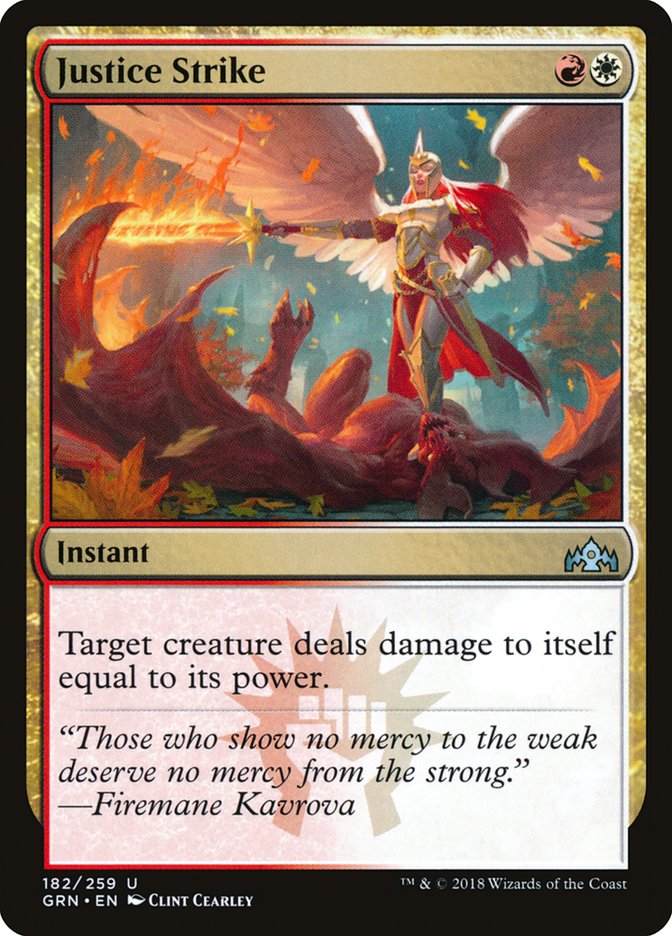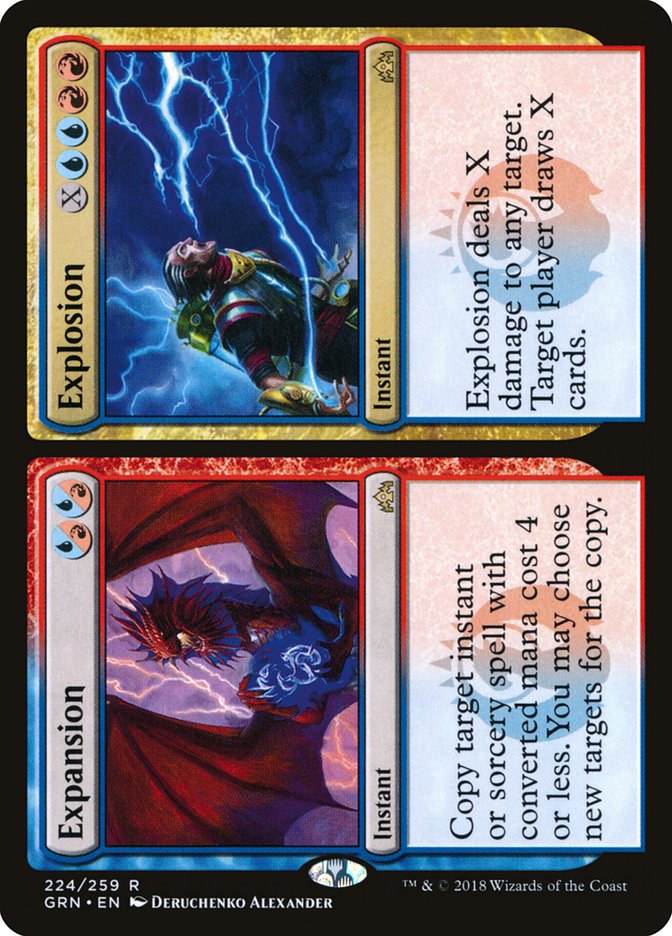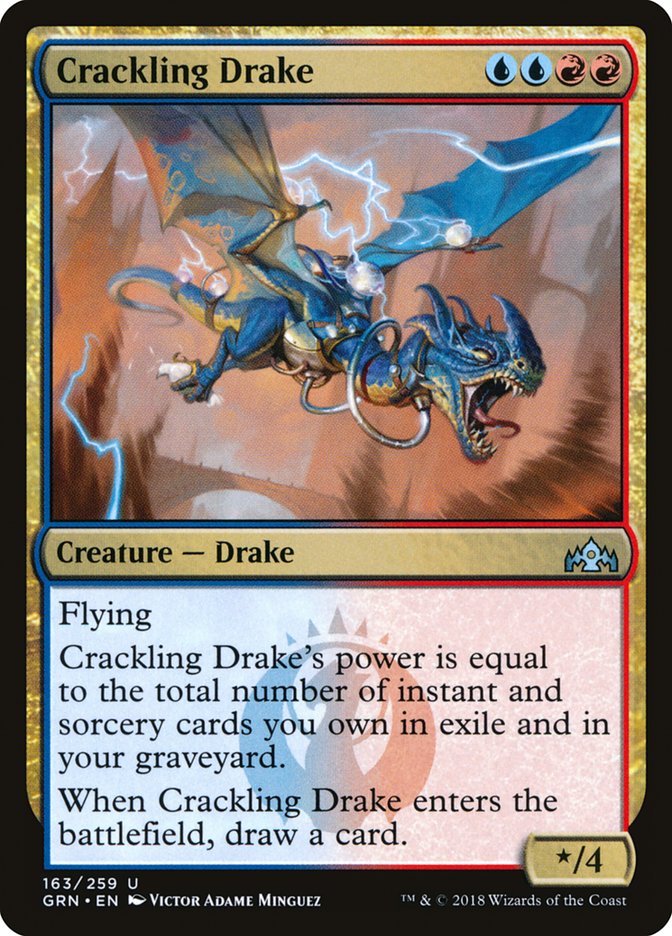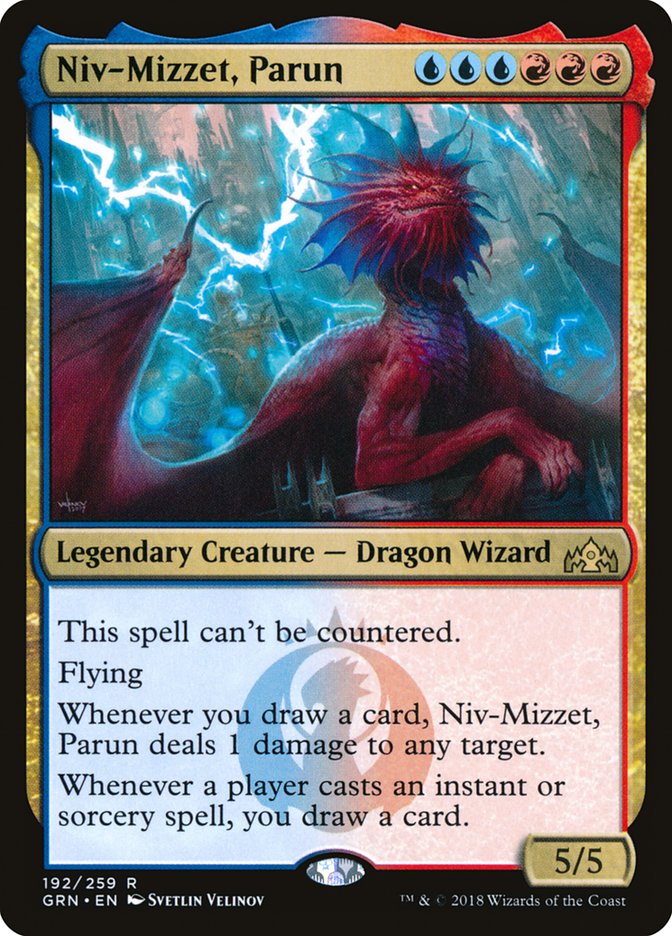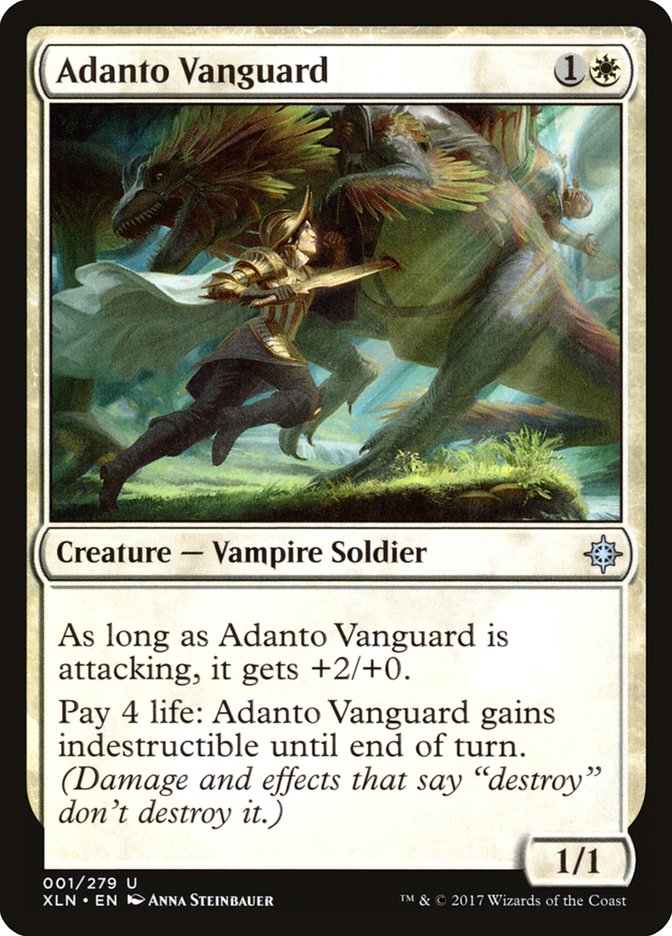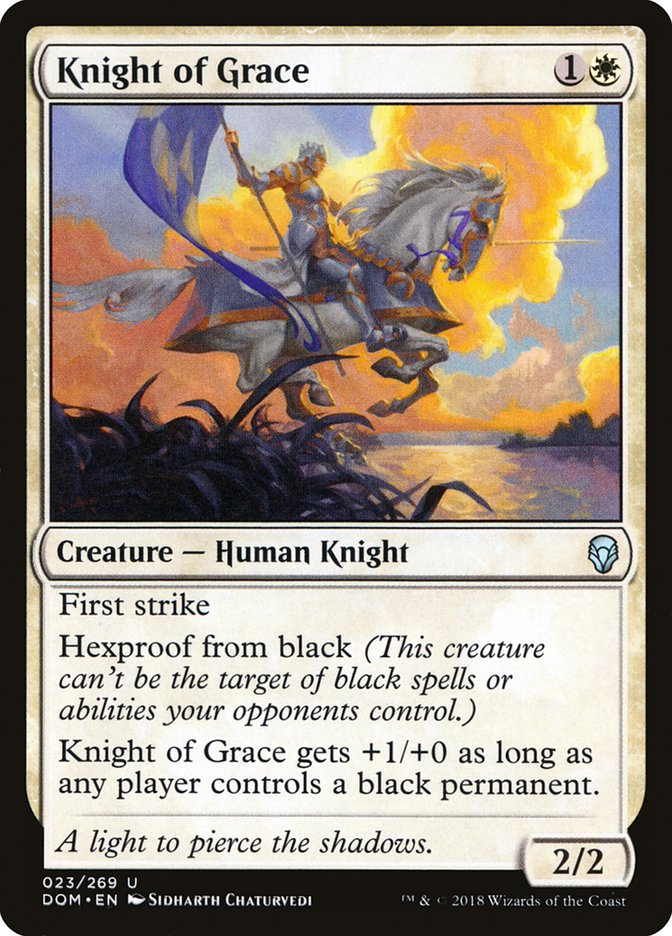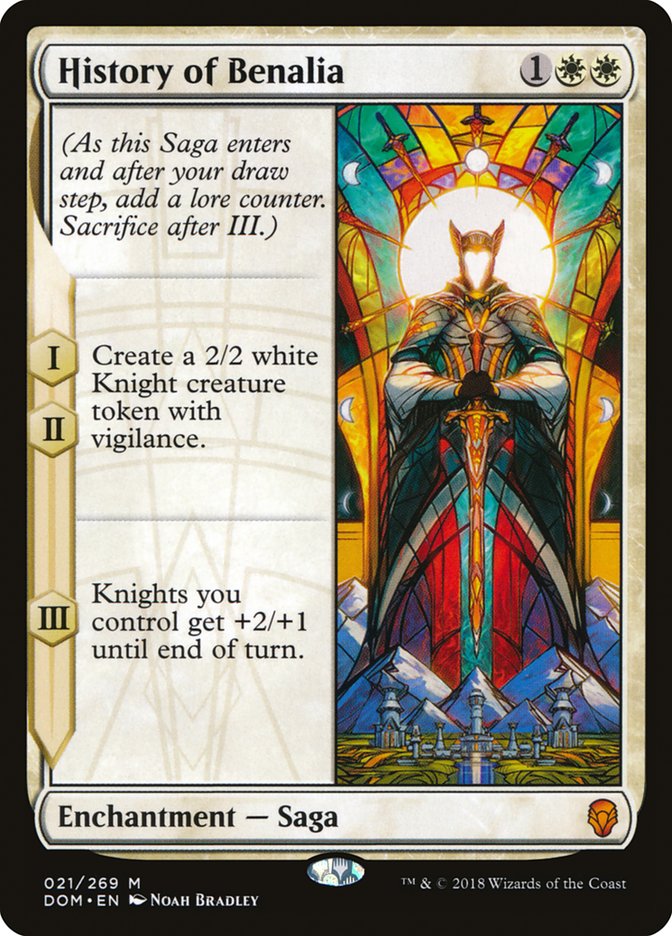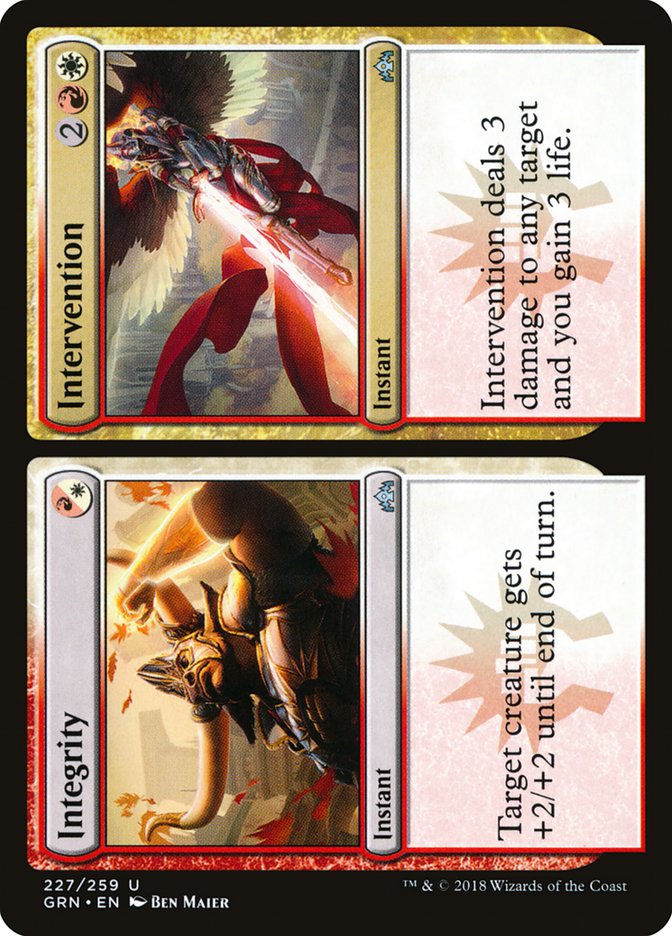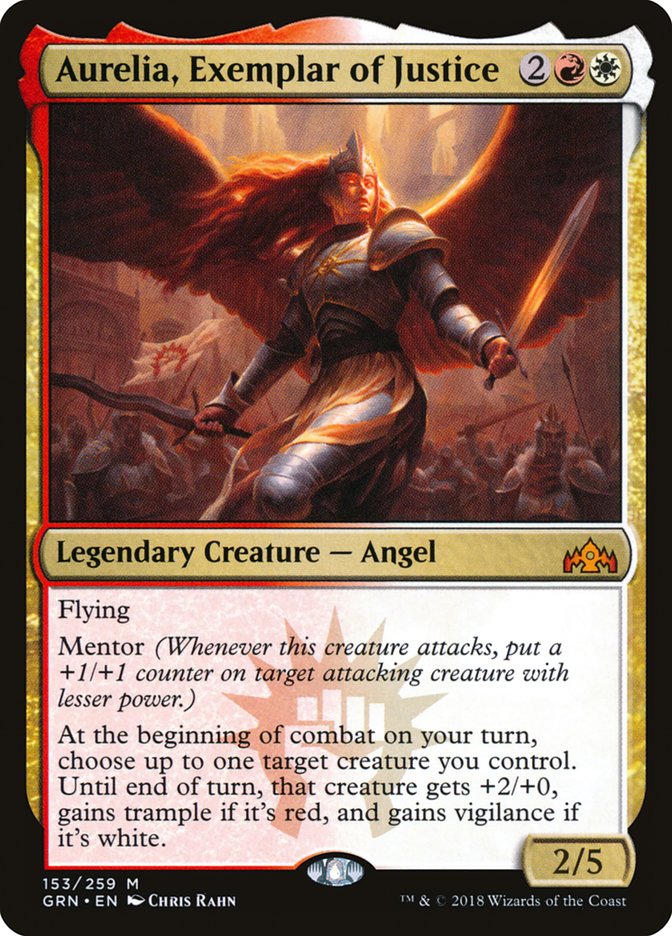Last week
, I talked about Golgari Midrange, a young up and coming archetype that was
finding its own footing in the Standard environment. In that article, I
talked a good amount about the options that Golgari has for beating the
field, but in light of this weekend’s Magic Online PTQ being dominated by
Golgari, I thought it’d be a good idea to flip the script a little bit and
look at the options the field has to get back ahead of Golgari.
The good news for Standard about Golgari Midrange being the King of the
Hill this week is that it’s hard to believe that a pile of creatures and
removal is really an unstoppable force. When we look at a deck that has
such a straightforward gameplan, it’s important to remember that their
consistency breeds patterns, and patterns can be exploited. Let’s take a
look at our public enemy number one, shall we?
Creatures (28)
- 4 Llanowar Elves
- 2 Wildgrowth Walker
- 4 Merfolk Branchwalker
- 3 Seekers' Squire
- 4 Jadelight Ranger
- 3 Ravenous Chupacabra
- 1 Izoni, Thousand-Eyed
- 1 District Guide
- 2 Golgari Findbroker
- 4 Doom Whisperer
Planeswalkers (5)
Lands (15)
Spells (12)

Tixis took this 75 on an incredible run through the Magic Online PTQ on
Saturday, refusing to drop a match through twelve rounds on the way to the
top of the standings. Looking at the deck, it’s almost unsurprising to me
with how much, and how little, they chose to do to the decklist to adapt to
the metagame.
Starting with the manabase, Tixis eschewed lands like Memorial to Folly and
Foul Orchard for a clean 23 untapped lands and four copies of Llanowar
Elves. Llanowar Elves is the best one-mana spell in the format for a
reason, and when you’re playing a deck full of planeswalkers and creatures,
that one extra turn’s worth of mana development can really snowball
quickly.
Another big piece of the puzzle that I believe made this deck so successful
this weekend was the fact it was unafraid to just play four copies of Doom
Whisperer as the muscle of the deck. In the first week of the format where
Mono-Red Aggro was running rampant punishing five-mana creatures and decks
like Selesnya Tokens were marching around the likes of Doom Whisperer, I
certainly appreciated the restraint, but it’s week two now.
Those days are over.
A Pest Versus The Best
Now this isn’t an article about why a Golgari Midrange deck is the best
deck.
I tend to leave those to Jadine
. What I’m trying to do here is look at the things that are changing and
the things that are staying the same to look for openings.
Tixis chose to build their deck to maximize on playing to the battlefield
quickly and leveraging creatures with explore or other immediate value to
contain the game, and I have no doubts that in the Golgari mirror matches
this strategy paid off. But what about other matchups? Honesty, I expected
Jeskai Control to bring it home this weekend as traditionally a deck full
of creatures has a tough time with the deck of all removal spells and card
advantage.
Creatures (4)
Planeswalkers (4)
Lands (20)
Spells (32)

When I went to look at the decklists from the PTQ, something struck me
about the one Jeskai Control in the Top 8 that was different than the
others, which was that rather than play a mix of Lightning Strike and other
easier to cast removal spell, they committed entirely to Justice Strike,
Syncopate, and Blink of an Eye to make sure they could kill just about any
creature.
Something I noticed while watching VS Live! last week that really sold me
on the notion that this matchup would be the demise of Golgari was just how
similar Expansion // Explosion looked to Sphinx’s Revelation in the
matchup, and I still hold the belief that it’s lights out in the matchup if
you resolve one for four or more. The problem I think Jeskai Control had
with the way it was built last weekend was that in most cases, it wasn’t
prepared to clean up battlefields of bigger Wildgrowth Walkers, Doom
Whisperers, and Golgari Findbrokers to clear the way for its Teferi, Hero
of Dominaria.
Simply put, I believe Jeskai Control players generally didn’t give enough
respect to what kind of shift they would have to make in their own
gameplans to accommodate Expansion//Explosion as their lategame, and as a
result weren’t as solid against Golgari as they thought. It could also be
the case that making concessions to the existence of Mono-Red Aggro,
Selesnya Tokens, and the other proactive decks is necessary and you can’t
afford to make the Golgari matchup much better without a lot of risk.
I think there’s a lot of potential for moving the Crackling Drake plan into
the sideboard and packing my deck full of answers and Niv Mizzet, Parun
moving forward with Jeskai Control. Mono-Red feels like it has been on a
decline as decks that don’t get burned out by Wizard’s Lightning keep
popping up, and the quality of the red cards struggles to keep up, so maybe
closing quickly with a Crackling Drake isn’t as important as it once was.
That idea would certainly need some testing. Looking at the Top 8 of this
event, I bet this player was glad they had registered the exact decklist
they did, and on paper, they were probably favored to win too. It’s
important to remember that the winning deck doesn’t have to be the best
sometimes. Jeskai feels like it’s in the same kind of position Golgari was
last week, so who knows what next weekend will bring?
While going over the top of midrange decks is a historically tried and true
method, I think it’s important to recognize that it is not the only way. In
last weekend’s PTQ, YoungProdigy made the Top 4 with a Mono-White Aggro
deck that really capitalizes on the idea of going under a deck like
Golgari.
Creatures (27)
Spells (33)

There’s a couple things going on here that I really think make Mono-White a
dark horse to stand up to Golgari, so let me break them down.
First, most of the Golgari Midrange decks have designated their Wildgrowth
Walkers to the sideboard and have positioned themselves to tackle more
grindy games of resource exchange than ones of aggression. This deck is
primed and ready to capitalize on that with eleven one-mana creatures
(counting Legion’s Landing) that can swarm the battlefield easily.
Secondly, the removal suite and creature base of Golgari line up very
poorly against Knight of Grace and Adanto Vanguard. I could easily envision
games where a Knight of Grace comes down on turn 2 and runs away with the
game on its own. It’s a similar kind of play pattern to Knight of Malice in
our previous Standard format against Azorius Control, where it was a
virtually impossible card to remove and was a real threat even on its own.
Lastly, the Golgari decks as they’re built right now are very reliant on
Find//Finality’s second half or Izoni, Thousand-Eyed to handle clogged
battlefields. A big drawback of these in comparison to cards like Ritual of
Soot or Plague Mare in handling swarms of small creatures is that they cost
six mana. Obviously, you’re getting what you pay for in flexibility, but
when a deck needs to have six lands and a specific answer to a deck that
can apply as much pressure through combat as this one, you don’t want to
have the flexible answer. You want to have the castable one.
Outpacing a midrange deck like Golgari isn’t always easy, but similarly to
how I said Jeskai might not be able to afford to hedge much more in the
direction of Golgari to worry about the aggressive decks, the same could be
true for Golgari in relation to the aggressive decks. Generally speaking,
something has to give somewhere, and you can’t actually have a deck
configuration that is always favored against everything.
As the metagame develops, I’m interested in trying Mono-White with a red
splash for cards like Experimental Frenzy, Tajic, Legion’s Edge, and
Justice Strike. Experimental Frenzy has already proved itself a gigantic
threat in the format in the Mono-Red Aggro decks, and I believe that we
could do something very similar here. Rather than drawing a flurry of burn
spells off the top of your deck, you can always have the resources to
rebuild an army of creatures at your ready even if your opponent plays
something like Find // Finality.
Adding a color can really change the whole shape of the deck for games 2
and 3 when you begin being able to support more impactful cards like
Aurelia, Exemplar of Justice that dodge the small spot removal and
sweepers. The added flexibility of Integrity//Intervention is really cool
here too, potentially serving as a way to push through your opponent’s
creatures early and act as reach later.
A good transformational sideboard plan is one of the scariest things in all
of Magic, as it adds a full layer of decisions for your opponent to make in
preparing for your deck. How much would adding Ritual of Soot or Plague
Mare matter if most of your cheap 2/1 creatures have been relegated to the
sideboard in favor of Angels and removal spells? No matter what road you
wind up going down, your opponent may just make the wrong choices in
sideboarding and find themselves behind because of it.
Something I feel I should touch on here and that I cannot emphasize enough
is that the way to beat a midrange deck like Golgari is with a gameplan,
not with your sideboard. Your sideboard can further that gameplan, and even
change that gameplan, but don’t be fooled into thinking that another
planeswalker or a Deathgorge Scavenger are going to solve all your
problems.
These cards must fit into your gameplan for beating Golgari. You need to be
bringing a problem to the table and exploiting the fact that they are
ill-equipped to solve it. Beyond that, you need to have considered their
ways of solving your problems and have a plan for stopping them.
that I cannot emphasize enough is that the way to beat a midrange deck like
Golgari is with a gameplan, not with your sideboard.
As an example, if I were playing a Grixis Control deck that felt like it
was losing to Golgari resolving a Find//Finality or Golgari Findbroker
every game, only then would I consider a card like Silent Gravestone to
shut them down. This picks the axis of card advantage through recursion and
shuts it off while also replacing itself down the line, making it likely
our best option in Grixis. If I had a similar feeling about the way the
Golgari Menagerie mirror matches were going and they relied on Gruesome
Menagerie, I’d pick a card like Deadeye Tracker because it’s a card that
best fits my gameplan.
By this same logic, it makes sense to me why a lot of the Golgari decks
that saw success last week started trimming down on planeswalkers from the
week before and didn’t move them over to the sideboard. That’s just not
what the mirror matches are about; it’s so much more important for them to
answer planeswalkers with copies of Vraska’s Contempt than it is to play
more of them to accrue more card advantage despite card advantage mattering
a lot in the matchup. Good deckbuilding principles will pay you dividends
in a Standard format like this one, so don’t fall into the trap of being
lazy. Think about how the games are playing to find the right
solution.
All things considered, it could be the case that playing Golgari is the
best way to beat Golgari, but I’d bet against it. We’re only two weeks into
this brand-new Guilds of Ravnica Standard format, and I’m not
willing to believe that this is all we’re going to see from it.
Standard isn’t solved yet. We’ve got a lot of work to do.


